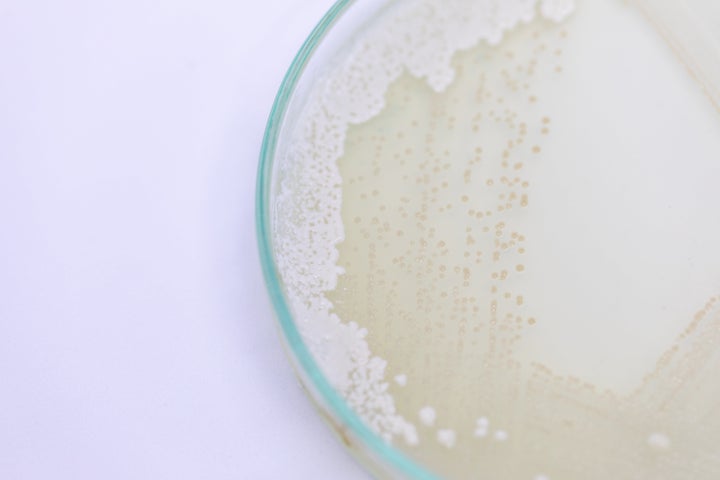Two women in the UK have been diagnosed with a highly drug-resistant form of gonorrhoea, Public Health England has confirmed, fuelling concerns that so-called “super gonorrhoea” is spreading.
The strain of gonorrhoea, called Neisseria gonorrhoeae, is resistant to ceftriaxone and azithromycin – the two main antibiotics used as the first-line treatment for gonorrhoea.
While both cases have now been treated, PHE has reminded the public about the importance of using condoms to protect against STIs, as gonorrhoea is proving more and more difficult to treat.
The two latest cases follow the diagnosis of drug-resistant gonorrhoea in a British man in 2018, the first case of its kind in the UK.
[Read More: What to expect when you go for an STI test]

The two women diagnosed in the latest cases appeared to show similar patterns of antibiotic resistance, so researchers are now investigating if their cases are linked.
One of the cases appears to have acquired the STI in Europe and the other has links to Europe, but was acquired in the UK, PHE said. While this type of resistance is unusual, there have been similar cases in other countries.
“Finding this sort of extensively drug resistant gonorrhoea in the UK serves as an important reminder of the need to practice safer sex,” PHE said.
“This includes using condoms consistently and correctly with all new and casual sexual partners. Anyone with symptoms of a sexually transmitted infection (STI) or who is concerned they may have an STI should seek advice from their sexual health clinic.”
Symptoms of gonorrhoea include:
For women:
An unusual vaginal discharge, which may green or yellow in colour
Pain or tenderness in the lower abdominal area
Pain when passing urine
Bleeding between periods, heavier periods and bleeding after sex.
For men:
An unusual discharge from the tip of the penis, which may be white, yellow or green
Pain or a burning sensation when urinating
Inflammation (swelling) of the foreskin
Pain or tenderness in the testicles.
Source: NHS